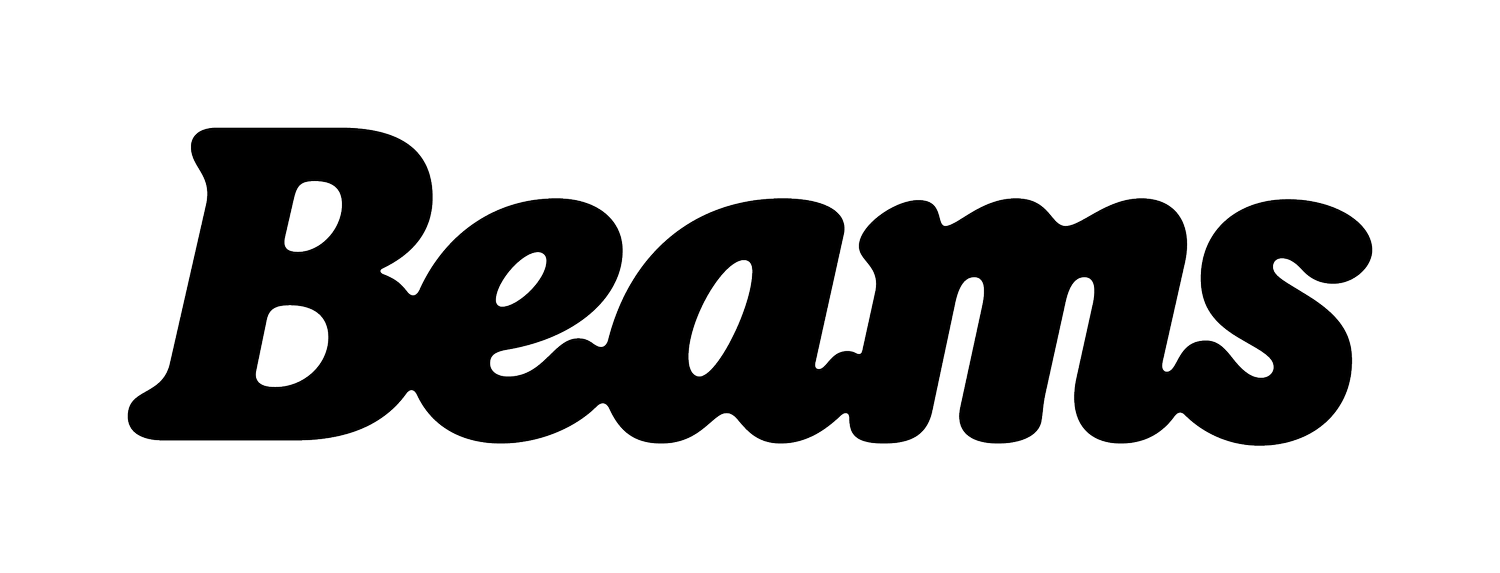Glow Up Your Bathroom: How To Choose The Right Bathroom Lights
You may have the perfect arrangement of tiles or a new walk-in shower, but to create the right atmosphere in your bathroom, you need to have good bathroom lights. This not only means picking out the right type of lights, but knowing how they work in relation to the room.
This guide will walk you through everything you need to know about bathroom lights, including the importance of IP ratings, bathroom zones, and various lighting choices to make your porcelain kingdom exactly right. If you want that dream ambience, read on:
Types of Bathroom Lighting
Spotlights
Spotlights direct light onto specific areas and can illuminate objects placed beneath them. They’re perfect for highlighting features such as the bath itself or mirrors around the bathroom. Spotlights enhance the functionality of your daily routine by providing focused illumination where needed.
Vanity lights
Vanity lights are essential for providing focused illumination around mirrors and sinks. Their name gives a pretty good idea of what they’re for, providing light for grooming tasks like shaving, applying makeup, styling hair, or just trying to get those molars at the back of your mouth. These lights are typically mounted above or on either side of the bathroom mirror, ensuring even lighting that reduces shadows on the face.
Wall lights
Wall lights serve dual purposes by providing both practical and ambient lighting. Positioned near mirrors or along walls, they illuminate specific areas, such as the vanity, reducing shadows and enhancing visibility for grooming tasks. Their placement can create a warm, inviting glow that enhances the bathroom's overall atmosphere, adding a touch of elegance and sophistication. Wall lights can transform a bathroom into a relaxing retreat, balancing the need for task lighting with the desire for a tranquil, aesthetically pleasing space.
Cabinet lights
Cabinet lights are a great option for illuminating specific areas in the bathroom, especially where space is limited. Typically installed under shelves, cabinets, or cupboards, these lights provide targeted illumination for tasks like shaving or applying makeup. Cabinet lights come in various sizes and styles to suit any budget or aesthetic.
Recessed lights
Recessed lighting (also known as downlights or can lights) is built into the ceiling, offering a sleek, modern look while providing functional lighting. These lights are particularly useful for general ambient lighting and can be strategically placed to highlight specific areas of the bathroom, such as the shower or tub.
Ceiling lights
Ceiling lights are the cornerstone of bathroom lighting. Mounted on or recessed into the ceiling, these fixtures ensure that light is distributed evenly throughout the room, making them ideal for general needs. In a bathroom setting, ceiling lights work to enhance visibility across all areas, from the vanity to the shower, without directly exposing the fixture to water. Their elevated position keeps them safe from splashes and moisture, while high IP-rated options can even withstand steamy environments. Whether you choose flush-mounted fixtures for a minimalist look, pendant lights for a touch of elegance, or recessed lights for a streamlined aesthetic, ceiling lights play a critical role in creating a well-lit, functional, and inviting bathroom.IP ratings
IP ratings explained
When selecting bathroom lighting, IP ratings are a critical consideration. IP stands for Ingress Protection, and it measures the protection level against external elements like water and dust, which in a bathroom there can be quite a lot of. An IP rating has two numbers: the first indicates protection against solids, and the second against liquids. Higher numbers signify better protection. IP ratings are particularly important for bathroom lighting because of the high moisture levels.
Bathroom zones
Understanding bathroom zones is essential for ensuring electrical safety. Bathrooms are divided into three zones based on their proximity to the bathtub or shower:
Zone 0: Directly over the bathtub or shower area. Lights in this zone require a minimum IP rating of IPX7.
Zone 1: Up to 60cm away from the bathtub or shower. Lights in this zone need a minimum IP rating of IP44.
Zone 2: Extends up to a radius of 2.25 metres from the bathtub or shower, outside of Zones 0 and 1. Lights in this zone require a minimum IP rating of IP20.
Bringing it all together
When designing or renovating your bathroom, lighting is a critical component that impacts both functionality and aesthetics. By understanding IP ratings and bathroom zones, you can ensure that your fixtures not only function correctly but also create the perfect ambiance for the space. From ceiling lights that provide general illumination to wall and cabinet lights that add focused and decorative touches, the right lighting choices can transform your bathroom into a sanctuary of style and utility.
So, as you plan your bathroom renovation, remember that thoughtful lighting is more than just a finishing touch—it's a fundamental aspect that deserves careful consideration.
Beams works with the best bathroom lighting experts
At Beams we work with some of the best lighting experts around, who combine style with function so that you have a pleasant, well lit bathroom. These lighting suppliers include:
If you’d like our experts to guide you from design to the completion of the work by our vetted contractors, then get your free estimate today:





